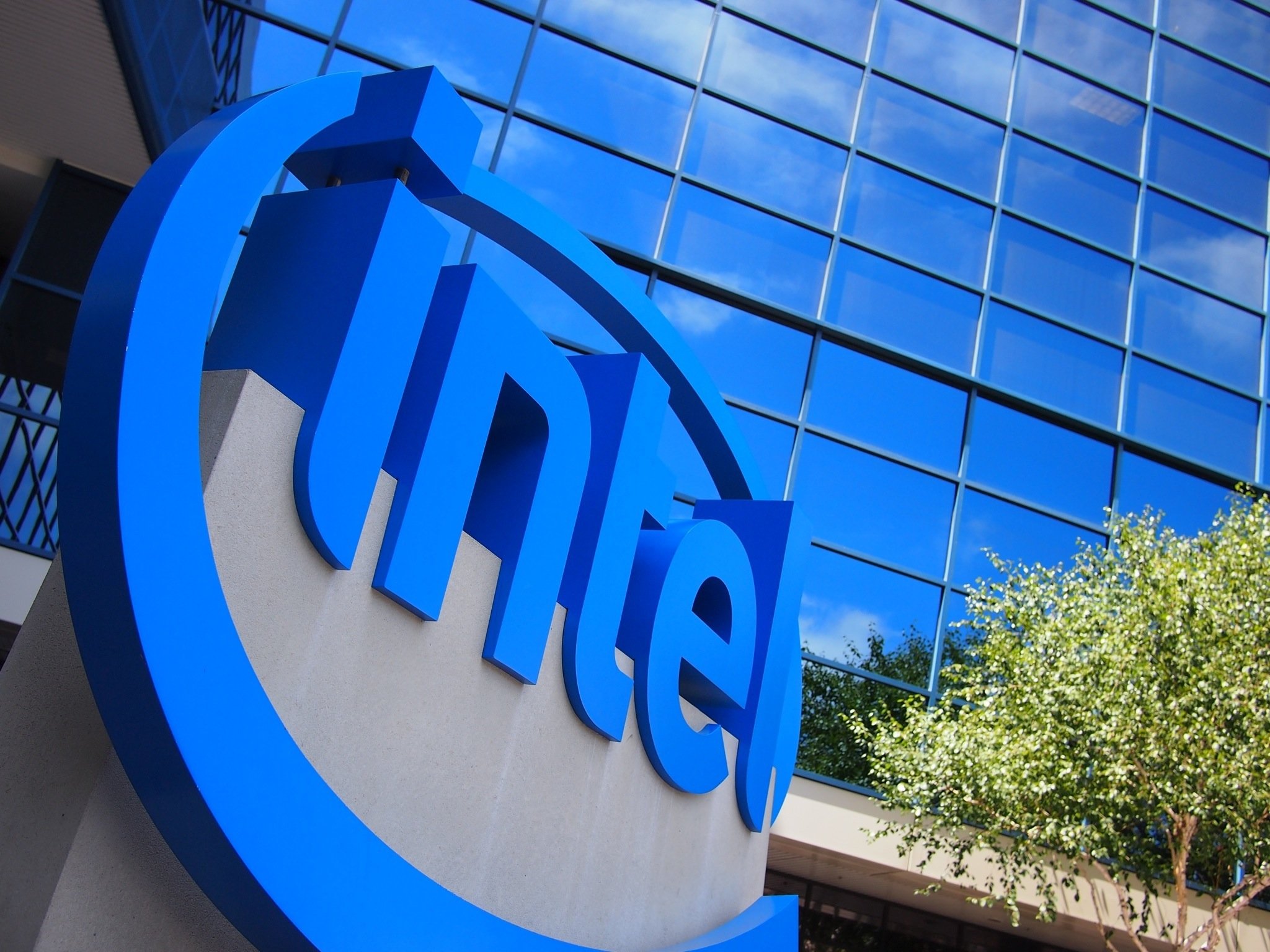Intel's Apollo Lake SoC may be used in future budget-priced Windows 10 notebooks

Intel wants to help PC makers to create budget-priced Windows 10 notebooks, tablets, and 2-in-1s that are thinner but more powerful compared to the budget devices that are currently on the market. This week, Intel revealed the first details of their new Apollo Lake system-on-chips design, which will launch sometime in the second half of 2016.
Intel talked about Apollo Lake at their IDF Shenzhen conference in China. According to Ars Technica:
The Apollo Lake system-on-chips for PCs are based on the new Atom-based x86 microarchitecture, named Goldmont, as well as a new graphics core that features Intel's ninth-generation architecture (Gen9) which is currently used in Skylake processors. Intel claims that due to microarchitectural enhancements the new SoCs will be faster in general-purpose tasks, but at this stage Intel has not quantified the improvements.
While Intel has not publicly revealed a lot of technical information on Apollo Lake yet, it does say that budget PCs that use it should be better than the ones currently in the marketplace such as the HP Stream notebook.
At present, entry-level notebooks (which Intel calls Cloudbooks) offer 2 GB of memory, 32 GB of storage, 8+ hours of battery life and ~18mm thick designs. With Apollo Lake, OEMs should be able to increase the amount of RAM and/or storage capacity, make systems generally thinner, but maintain their $169 - $269 price-points. Intel also believes that its Apollo Lake presents great opportunities to build 2-in-1 hybrid PCs (convertibles) and capitalize on higher margins of such systems.
Get the Windows Central Newsletter
All the latest news, reviews, and guides for Windows and Xbox diehards.
